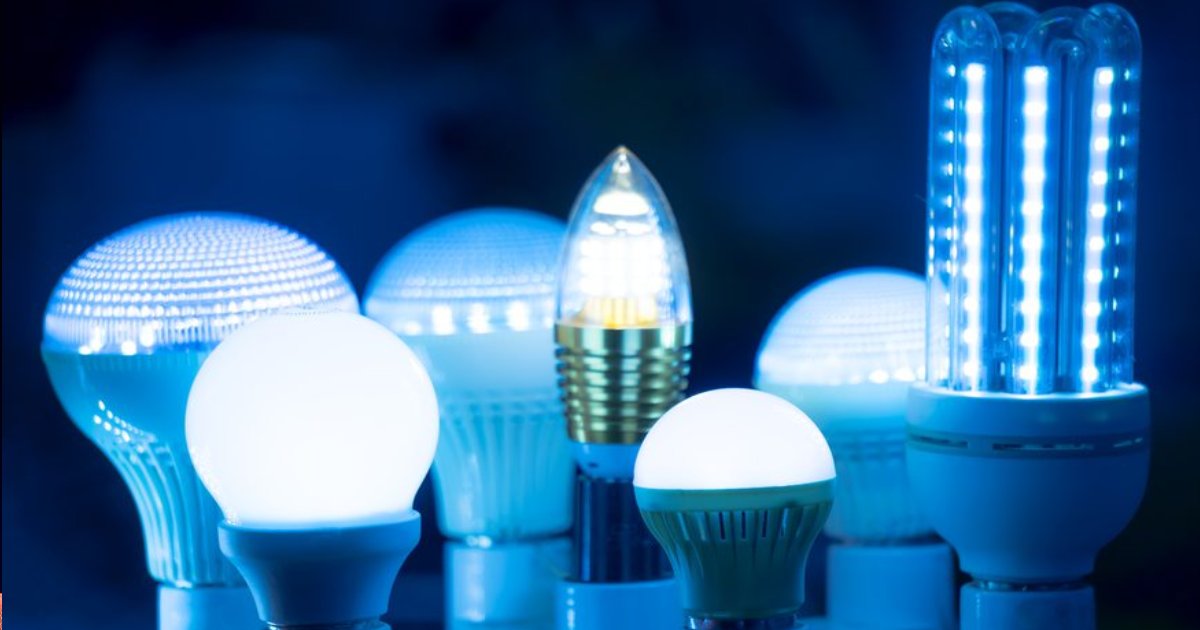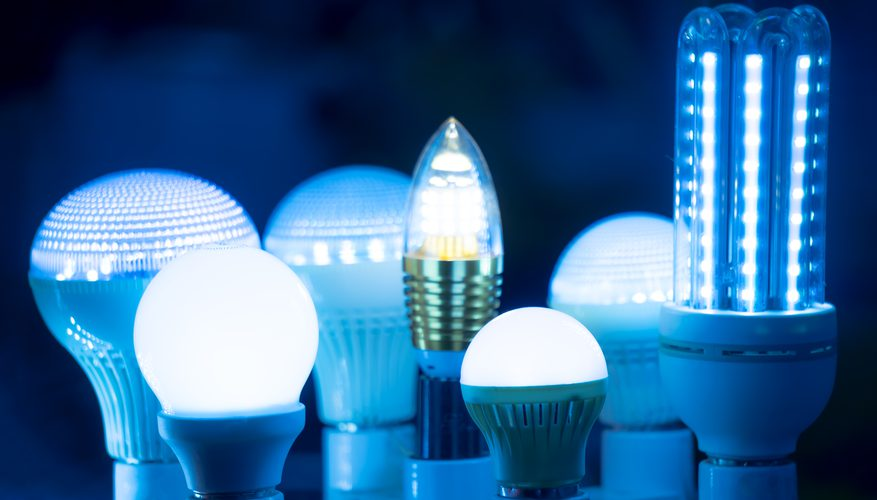Watch the video about the effects of LED lights in the video below.
Video credit: GeoBeats News
The French Agency for Food, Environmental and Occupational Health and Safety (ANSES) has warned that LED lights can disturb our natural sleep rhythms besides causing permanent damages to the retina.
The government-run health watchdog called powerful LEDs to be ‘photo-toxic.’
Strong LED lights can lead to an irreversible loss of retinal cells and ultimately to blindness, ANSES revealed in a 400-page report.
The body urged the government to revisit the maximum exposure limit to LEDs which release ‘blue light’ at a high quantity.
According to the report, LED laptop, tablet, and phone screens don’t cause damage to the eyes but the intense lights used in the vehicles’ headlights are very harmful.
The agency cautioned how chronic exposure to LED lights can contribute to poor vision by accelerating the ‘aging of retinal tissue.’
The LED technology makes up almost half of the general lighting industry due to its inexpensive, long-lasting, and energy efficient nature.
Its share will further increase to around 60% by the end of 2020, the industry experts have predicted.
LED lights use just 20% of the electricity used by an incandescent light source of comparable brightness.
According to ophthalmologist Francine Behar-Cohen, the LEDs used in laptop, tablet, and phone screens don’t cause damage to the eyes.
He said they’re not dangerous because their luminosity are low as compared to the lights used in the headlights of vehicles.
However, these devices can still ‘disturb biological rhythms, and thus sleep patterns’ when they are used in a dark setting or at night.
ANSES warned that children are especially at a higher risk of such disruptions because their crystalline lens are not fully formed in their eyes.
Dina Attia, a researcher and project manager at ANSES, revealed how the interference with circadian rhythm can also aggravate the cardiovascular disease, metabolic disorders, and even some cancers.
In addition to that, the report also noted how ‘headaches, visual fatigue and a higher risk of accidents’ can be caused by a stroboscopic effect in LED lights – generated by fluctuations in current.
ANSES suggested that vehicle manufacturers should ‘limit the luminous intensity of vehicle headlights’.
At the domestic level, the body suggested avoiding LED screens before bedtime, limiting exposure to LED lights with a high quantity of blue light, and buying ‘warm white’ LED lighting.
Recommended Video!
“Everyone Should Know These 6 Sleeping Positions For Every Health Problem”




